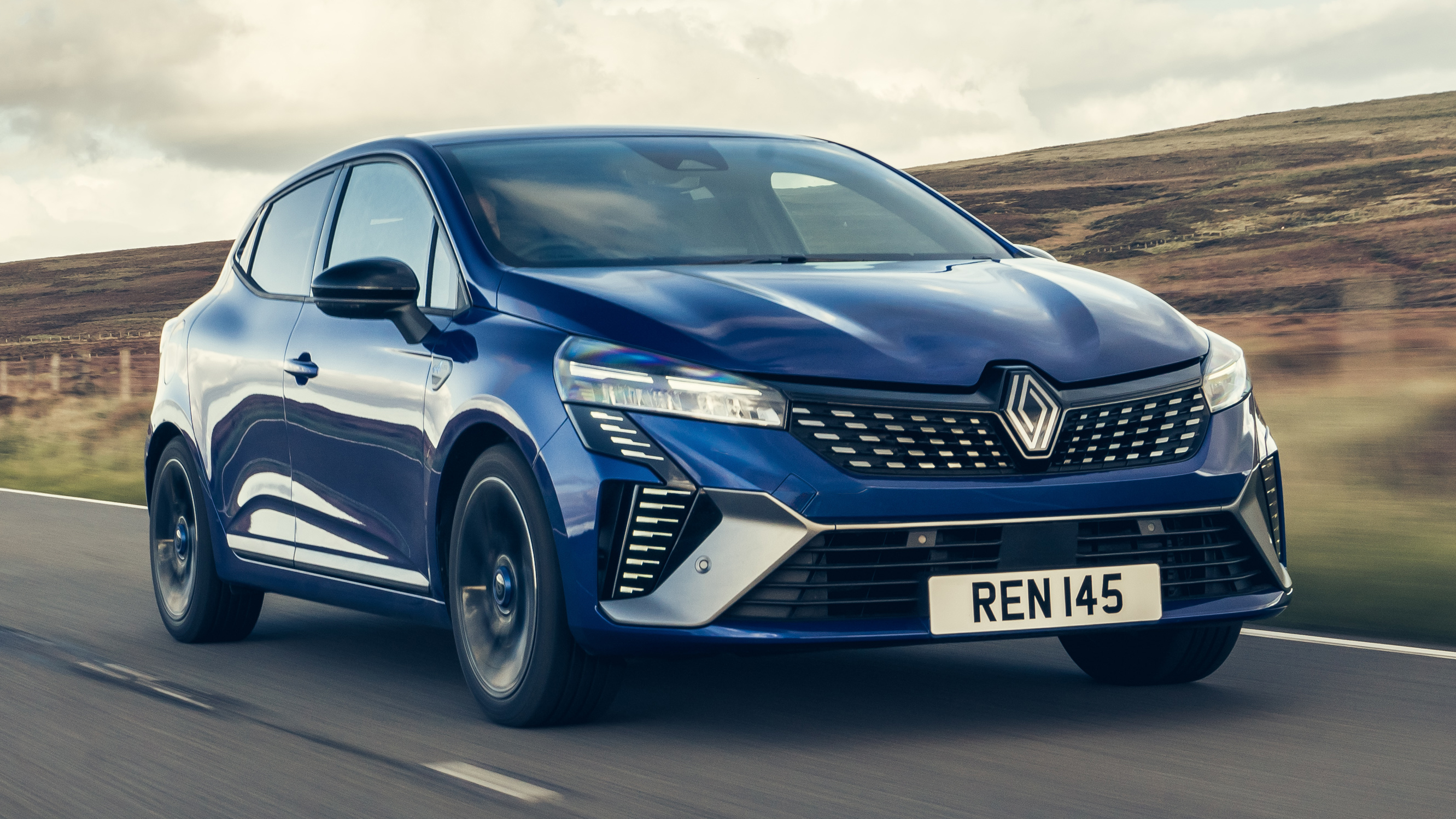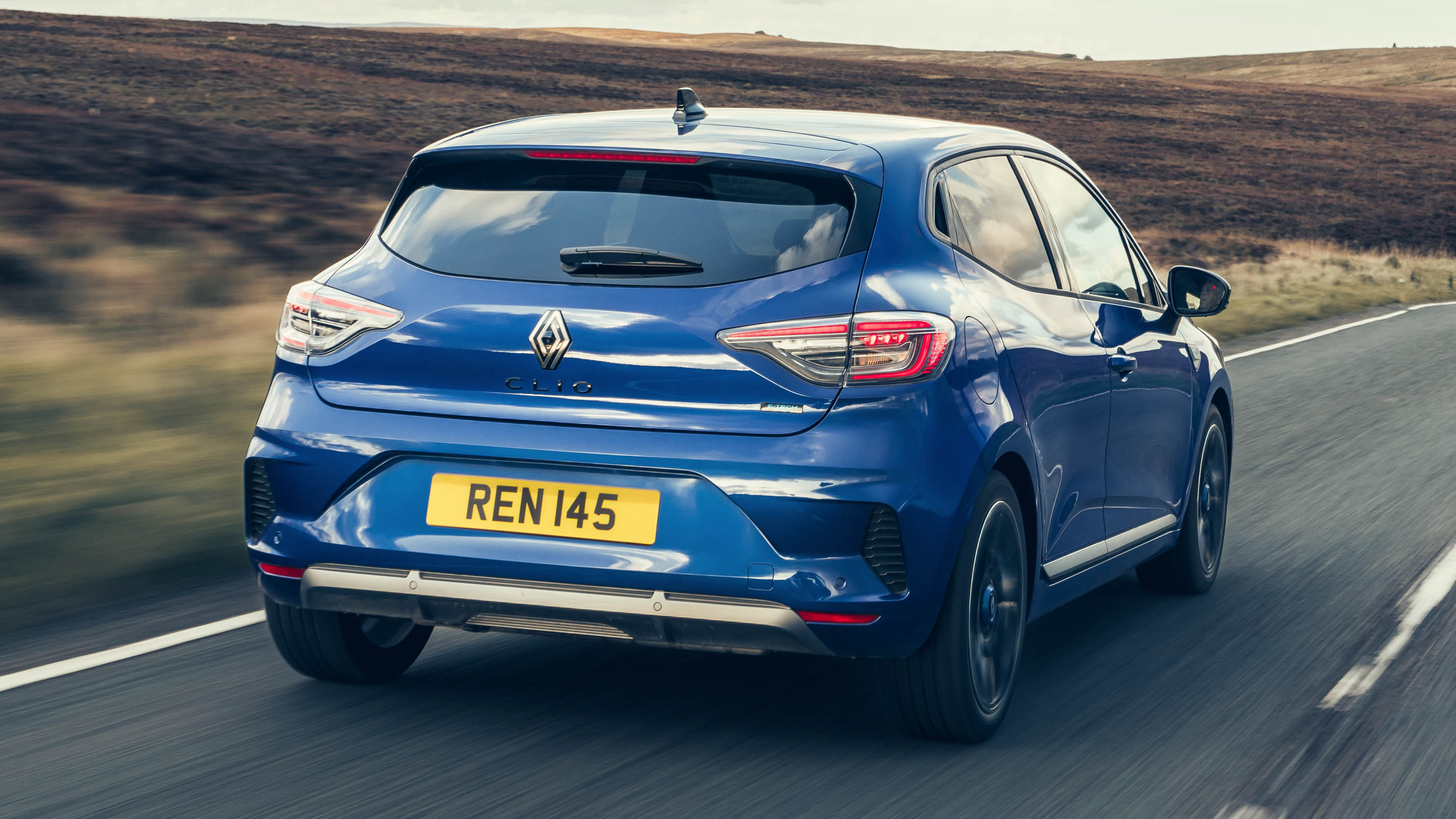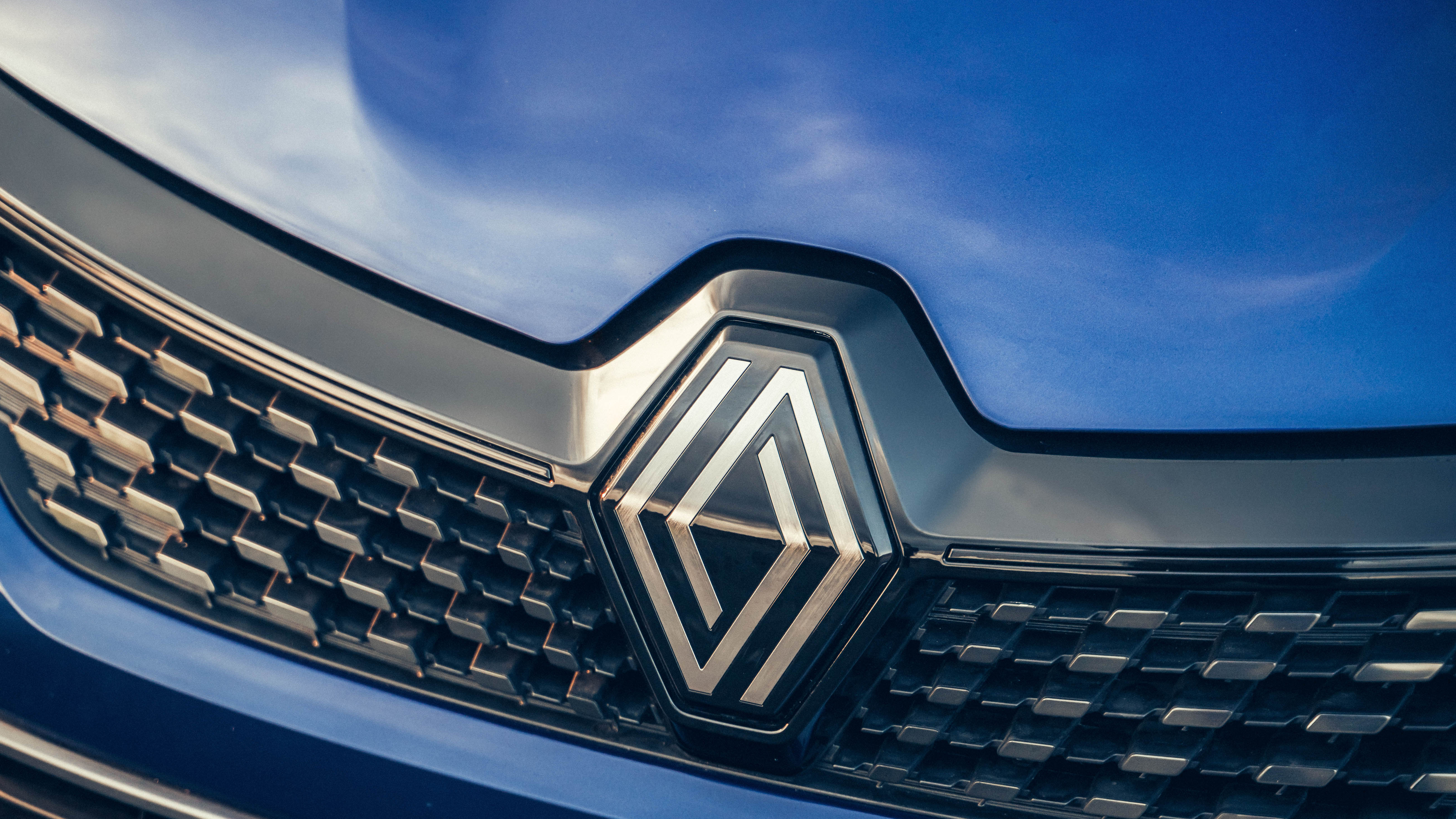
Good stuff
Fluent chassis, mature looks, upmarket interior, economical engines, well priced
Bad stuff
Few truly standout features, hybrid has a mind of its own, poor throttle response
Overview
What is it?
The first Renault Clio arrived back in 1990. Now we’re into the fifth-generation. That arrived back in 2019, and it's recently been facelifted. Didn’t actually change much though, just gave the looks a tweak. Do not read this to mean the Clio is essentially unimprovable, more that since the departure of the Fiesta and the seeming (and utterly nonsensical) gradual wind down of the supermini class, Renault doesn’t need to try so hard.
The Clio is based on the CMF-B (Common Module Family-B) platform shared with Nissan, making this a cousin of the ever-popular Juke. It’s shorter than the previous Mk4 (by an entire 12mm) and a touch wider and lower, but with more space, load capacity and general volume inside. Noticeably more space, in fact, especially up front. Although the rising windowline makes it a little less airy if you’ve been stuffed in at the back.
That’s hardly groundbreaking…
Astutely put. We were hoping for more of a leap forward with the arrival of 2023’s updates, but Renault has focused almost entirely on addressing the car’s rather plain aesthetic.
On that front at least, it has succeeded. The C-shaped daytime running lights have been done away with and replaced by the new signature lamps above; their first appearance in the Renault line-up. Meanwhile it appears to have copied Peugeot’s homework for the grille (e-208, anyone?), and the rear now sports (fake) air vents. Altogether it’s a more arresting sight on the road.
Meanwhile the interior has more or less been left alone. Good. It’s leaps-and-bounds better than what you got in the previous-gen car and it’s still one of our favourites in this segment. Fine seats, decent driving position, plenty of physical switches and a responsive portrait touchscreen.
Talk to me about engines…
Right now there’s a choice of two powertrains: either the 1.0-litre turbocharged TCe 90 producing 89bhp, or a 1.6-litre hybrid E-Tech 145 capable of 143bhp. The former comes with a six-speed manual, the latter a six-speed auto. Scanning these lines for a diesel? You are many, many years too late. Economies of scale means engine and gearbox options have been minimised.
What about an electric Clio?
You can’t have one of those either. Because that was the job of the Zoe. Past tense because the quirky but capable machine was discontinued earlier this year. It’s being replaced by the 5 E-tech full electric car, due this autumn. And now we can see where Renault’s priorities lie and why the Clio hasn’t been heavily invested in this time round. They want you to buy a 5. And on looks alone you probably should.
Back to the Clio. What kit does it come with?
Renault has juggled things about a bit and your choices are now Evolution, Techno and Esprit Alpine. Take the base-spec car with the 1.0-litre engine and prices begin at £17,795: commendably, this is nearly a grand less than the old, pre-facelift equivalent. How Renault has managed that in these inflationary times isn’t clear. But good on ‘em.
Standard kit includes a seven-inch touchscreen, Apple CarPlay and Android Auto, rear parking sensors, cruise control automatic air con and plenty else. It's all you need really, but heaven forbid you opt for a colour other than white. In which case, prepare to part with at least £600.
Ouch. What are my other options?
If you’re considering a Clio, the chances are you’ll also be open to a Volkswagen Polo, Vauxhall Corsa, Peugeot 208, Seat Ibiza, Mini Hatch, Mazda 2, Audi A1, Skoda Fabia, Toyota Yaris or Honda Jazz. Heck, even the cheap-as-chips Dacia Sandero sits on a lower-spec version of the same platform.
That’s a lot of competition to fend off, but here’s the thing: are there any outstanding superminis out there now the Fiesta has been laid to rest?
The new Mini’s good to drive, but the petrol starts at over £23k; the Polo’s competent but dull, the Mazda 2 is old but remains peppy to drive; the Sandero’s USP is its cheapness… all the investment these days is going into SUVs, and small, affordable cars are being left to wither. Sad times.
It leaves the Clio in a pretty strong position. It’s livelier to drive than the Peugeot 208, and although it’s not as spacious as a Jazz, it’s big enough inside. Put it this way: it’s our current pick of the supermini class, but the class isn’t what it once was.
Our choice from the range

What's the verdict?
The Renault Clio gets a lot right: the interior is good, the ride is forgiving, fuel economy is excellent and it even handles pretty keenly. And given that the base model gives you most of what you need, it’s competitively priced too.
But with the sheer number of superminis on sale, where exactly does the Clio excel? Interior and handling aside, it’s not as charismatic as it once was. It’s arguably a better car, mature, well built and competent, but it’s lost a bit of its verve. We like it, we admire it and find it easy to recommend, but we don’t love it. And it feels like Renault doesn’t either. Maybe the verve will come back in the 5 EV.
The Rivals
Trending this week
- Car Review
BMW 1 Series
- Top Gear's Top 9
Nine dreadful bits of 'homeware' made by carmakers










